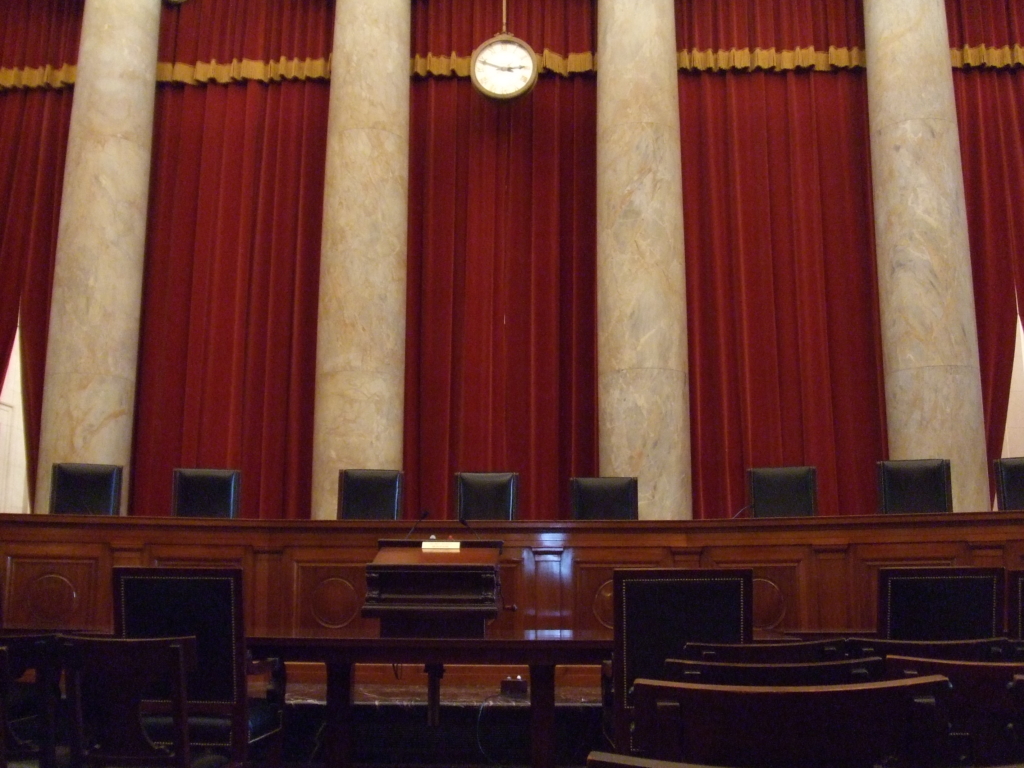On Tuesday, March 19, 2019, the Supreme Court heard oral argument in Cochise Consultancy, Inc. v. United States ex rel. Hunt, No. 18-315. We previously summarized the case, which involves a provision in the False Claims Act’s statute of limitations that allows the default six-year limitation to be extended by three years, up to 10 years, in certain circumstances. See 31 U.S.C. § 3731(b)(2). There is a three-way split among circuit courts over how to read the statute, with the principal questions being (1) whether the additional-three-years provision applies in declined qui tam cases; and (2) if so, whether a relator qualifies as an “official of the United States charged with responsibility to act.” Here are our four takeaways from the oral argument:
- On the merits, the Court seemed to side with the relator and government. It was clear to us that the defendants (now petitioners) in Cochise had a worse morning at the lectern. We predict that the Court will rule that Section 3731(b)(2) applies in declined cases and that a relator cannot qualify as an “official of the United States,” i.e., that the three additional years is not triggered unless a Department of Justice official learns of the fraud.
Justice Gorsuch was immediately skeptical that “civil action” could mean different things under 31 U.S.C. §§ 3731(b)(1) and (b)(2), which is required by the defendants’ interpretation. Tr. 9:17-23. Nor was he moved by the defendants’ atextual arguments: “This common sense we keep coming back to, I — I guess I’m struggling to get my head around it.” Tr. 20:21-23. His fellow textualist, Justice Kavanaugh, similarly found the statute “very clear as written.” Tr. 19:12-13. He later asked rhetorically, “Where — where is the ambiguity? I’m not seeing ambiguity.” Tr. 30:15-16. Justice Kagan found the defendants’ argument hard to swallow, in part because the statute of limitations could “change in the middle of the lawsuit.” Tr. 10:21-24.
In response to defendants’ policy argument—that the relator’s and government’s reading would allow a relator to leave fraud un-addressed for years, piling up damages—the Chief Justice pointed out several countervailing considerations: “The relators, for example, they know if they don’t move promptly, another relator might preempt them. They know that if they don’t move promptly, the government itself might find out before they have a chance to file, and that would preempt their action as well. The — the theory of a relator just sort of, as you say, waiting in the weeds I think is not a realistic one.” Tr. 15:4-12. - “Real party in interest.” We suggested in our prior post that the Court’s opinion on the relationship between government and relator may be more important, in the long term, than the statute-of-limitations issue on appeal in this case. Although there was no breaking news on this point, some justices did address the relator-government relationship.
For example, Justice Ginsburg suggested in the first question of the argument that the government was still “in some sense a party” in declined cases. Tr. 5:19-25. The defendant conceded that the government had “certain rights,” Tr. 6:2, while the Relator argued that “in every case, the real party in interest is the United States,” Tr. 32:20-21, and the Department of Justice unsurprisingly agreed: “The United States is the injured party in all of these cases. The United States is a real party in interest regardless of whether or not it elects to intervene in the action.” Tr. 58:12-15.
No justice challenged, or suggested disagreement with, the notion that the government is the real party in interest. Justice Sotomayor asked rhetorically, “why should it matter that it’s the government’s knowledge that is at issue when it’s the government who stands to benefit from a longer statute of limitations?” Tr. 12:17-21. Justice Kagan referred in passing to the government as a “special kind of third party, which is going to get most of the money from the suit.” Tr. 28:22-23. And Justice Alito suggested that because the “relator is, in effect, representing the United States,” she has certain attendant “responsibilities.” Tr. 46: 22-24.
In short, there was no news on the question whether the United States remains the real party in interest in declined cases—or how that might bear on the government’s right to dismiss cases or settle over relators’ objections, the parties’ rights to discovery, etc. - “This is a terribly drafted statute.” 23:10-11 (Alito, J.). Some of us have been saying it for years. Justice Sotomayor later echoed that it is “poorly written.” Tr. 44:14. Will these comments garner enough attention on Capitol Hill to amend the statute?
- Who’s the relevant “official of the United States”? Finally, there was a brief but interesting discussion about the definition of “the official of the United States charged with responsibility to act in the circumstances” of the fraud.” 31 U.S.C. § 3731(b)(2).
It began when Justice Sotomayor confirmed that Relator and ASG both think it’s only DOJ officials. Tr. 42:18-23. She did acknowledge, however, that the issue wasn’t addressed below. There was no more discussion of this until the defendants’ rebuttal, when counsel addressed their “alternative argument.” Tr. 62:8. Essentially, the defendants argued that even if the three-year tolling provision applied in declined cases, the relator’s discovery of the fraud should trigger those three years.
Although Justice Sotomayor had opened this line in inquiry, she threw cold water on defendants’ argument. Tr. 62:25-63:10. It seems that Justice Sotomayor had non-DOJ officials in mind, not private relators. In response to Petitioner’s argument, Justice Ginsburg similarly noted that “Agent” is a different word than “official.” Tr. 64:1-2. The argument did not find traction, further leading us to believe that the relator and government will prevail.
